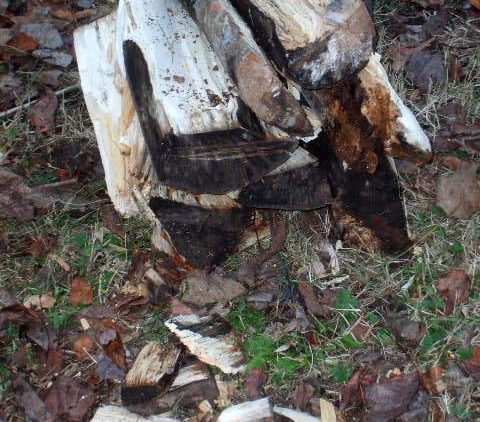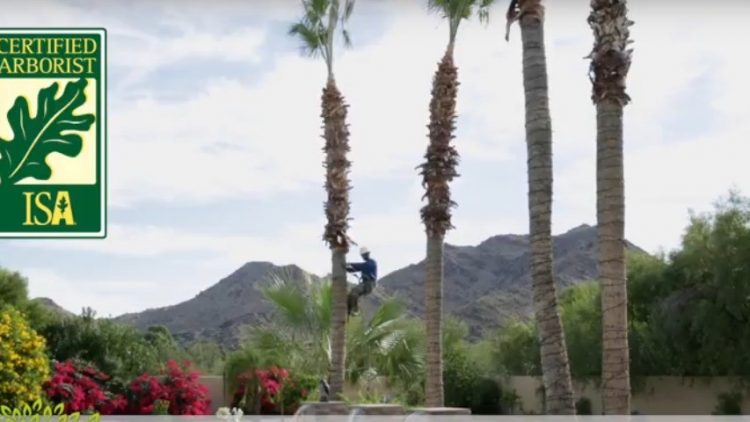Cactus Removal Costs 2023
HOW MUCH DOES CACTUS REMOVAL COST?
GET A FREE ESTIMATE TODAY!
The average cactus removal cost is $1,400 with the average cactus removal cost ranging from $300 to $2,500 in 2022. Your estimated cactus removal cost will depend on the size of the cactus, it’s accessibility, and what is surrounding it. These aren’t actual cactus removal costs. To get a real estimate we’ll have to send out one of our professionals to visit your property, assess the cactus, and provide you a genuine estimate.
UNDERSTANDING CACTUS REMOVAL COSTS
Find out more about your cactus removal costs by giving us a call today! The bigger the cactus will increase the cost of removal. Saguaro cactus removal costs can be the most expensive because of their large size. Additionally, costs depend on the number of arms the cactus has as well. We can schedule a visit at your property so we can do an assessment on the cactus and provide you with a better quote on the cost for its removal.
Cactus come in every shape and size but share one thing: they are dangerous and hard to remove. Our Phoenix-area cactus removal professionals utilize specialized tools and skillfully trained employees to correctly remove the cactus on your property. It doesn’t matter if it’s a tall, slanted Saguaro or a patch of prickly pear cacti, we can remove them. We have been providing cactus removal service in Phoenix for over twenty years, and our experience shows it. You can trust our cactus removal professionals.
NO PRESSURE!
Our Phoenix cactus removal professionals will not try and sell you a cactus service you don’t need. Because of honest professionals in the cactus industry, we will tell you right away whether our assessment is good or bad as to whether your cactus can survive being trimmed or removed.
HIRE PROFESSIONALS TO REMOVE YOUR CACTUS
When you are shopping around to have your cactus removed without jeopardizing you or your family’s safety, give us a call! Want to keep clear from hazardous cactus thorns covered with the disease that is the cause of Bacterial Necrosis? Yes. Do you want to attempt to remove your Saguaro cactus by yourself? No. A cactus thorns ruin shoes, carpets and home, and can be harmful to children and pets; have our professionals remove the cactus giving you problems. And don’t forget, our estimates are free!
We are more than happy to provide you a free estimate. In some cases, we are able to offer same day estimates and are priced highly competitively.
TREE TRIMMING AND REMOVAL SERVICES PHOENIX
If you own a property in the Phoenix Valley our team of trained, licensed, and insured tree cutting professionals will cut down and remove your tree safely and affordable. Every one of our skilled technicians understands our safe tree removal and cutting protocols and work together to get the job done quickly and safely. Keeping your property in the best condition possible while removing the tree is also our top priority. We remove the tree, clean up the mess, and leave your property in great condition.







